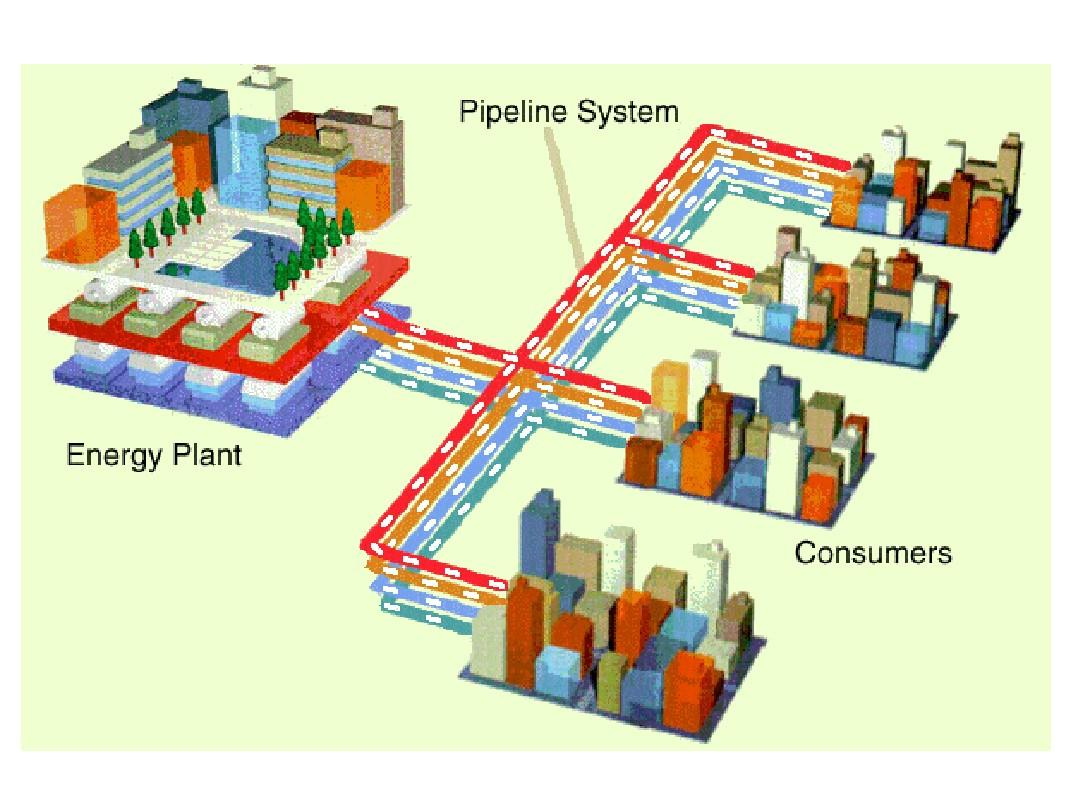
1月 . 03, 2024 15:55 リストに戻る
スマートグリッドシステム
Experts are increasingly concerned about the vulnerability of the grid energy storage system, which can be disrupted by natural disasters or targeted physical or cyber-attacks. These interruptions not only inconvenience customers but can also cut people off from critical services that impact their health and well-being. In response to this challenge, new grid energy storage systems, such as microgrids, have emerged as a solution. Microgrids are localized grids that can operate autonomously, whether connected to the traditional grid or supporting remote and isolated communities. The Office of Electricity (OE) recognizes the importance of these advancements and supports critical grid energy storage system research to strengthen grid resilience, mitigate disturbances, and integrate renewable energy and distributed energy resources.
マイクログリッドは、自律的かつローカルに動作することでグリッドの回復力を強化し、障害を軽減する上で重要な役割を果たします。主要な送電網がダウンしても、マイクログリッドは機能を継続し、重要なインフラや不可欠なサービスに電力を供給できます。さらに、マイクログリッドはグリッド リソースとして機能し、より迅速なシステムの応答と復旧を可能にします。これらの機能により、マイクログリッドは、信頼性と復元力のあるグリッド エネルギー貯蔵システムを維持する上で貴重な資産となります。
Another advantage of microgrids energy storage is their ability to adapt to the growing deployment of renewables, such as solar farms and electric vehicles. By using local sources of energy to serve local loads, microgrids reduce energy losses in transmission and distribution, thereby increasing the overall efficiency of the electric delivery system. This flexibility and efficiency contribute to the sustainable transformation of the grid, aligning with the goals of decarbonization and affordability.

The Office of Electricity aims to make energy storage microgrids an essential building block of the future electricity delivery system by 2035. This transformative goal aligns with the need for a resilient, decarbonized, and affordable energy storage infrastructure. To achieve this vision, the OE will focus on developing and validating tools, methods, and technologies in strategic research and development areas. These areas include reducing the time and cost needed for microgrid deployment, establishing microgrids as a building block for future grids, advancing microgrid control and protection, integrating models and tools for microgrid planning, and enabling regulatory and business models for broad microgrid deployment.
マイクログリッド開発の重要な側面の 1 つは、導入に必要な時間とコストを削減することです。プロセスを合理化することで、マイクログリッドをより効率的に実装でき、より回復力のあるグリッドエネルギー貯蔵システムへの迅速な移行が可能になります。さらに、将来のグリッドの基本コンポーネントとしてマイクログリッドを確立することで、大規模グリッドの監視、制御、最適化を向上させることができます。このマイクログリッドの統合により、システムのパフォーマンス、復元力、信頼性が向上します。
To adapt to changing grid conditions and protect the system and its customers, advanced microgrid control and protection techniques are crucial. By developing these capabilities, energy storage microgrids can respond effectively to grid disturbances and ensure the stability of the overall system. Integrating models and tools for microgrid planning, design, and operations is another area of focus. By combining new and existing capabilities, energy storage microgrids can meet performance metrics and requirements more efficiently, contributing to the overall success of the grid energy storage system.
Furthermore, simulating the impact and benefits of microgrids on transmission and distribution is vital for understanding their value. Co-simulation techniques can identify the advantages and opportunities energy storage microgrids offer, enabling informed decision-making and investment in this technology. Finally, enabling regulatory and business models for broad microgrid deployment is necessary to drive private sector, utility, community, and state investment in energy storage microgrid projects. Creating a favorable regulatory framework will incentivize the adoption and expansion of microgrids, fostering their widespread implementation.
To support its vision and accomplish its goals, the DOE Microgrid Program Strategy was initiated in December 2020. Through the development of strategic white papers, microgrid experts identified key areas of focus for impactful results in the next 5 to 10 years. These areas include reliability, resilience, decarbonization, and affordability. The Office of Electricity Microgrid R&D program is taking a comprehensive approach to improve grid reliability and resiliency, prepare communities for future weather events, and propel the nation toward a cleaner energy future. By investing in affordable and equitable microgrids, the OE is laying the foundation for a more sustainable and robust grid energy storage system.
関連製品:
違反の場合は削除されます
参考サイト:https://www.energy.gov
-
Wireless DC Charging: The Next Frontier in Contactless EV Power Delivery
ニュースAug.04,2025
-
Hybrid BMS Energy Controls: Integrating Renewable Energy Sources
ニュースAug.04,2025
-
Blockchain for Secure and Decentralized EMS Power Systems
ニュースAug.04,2025
-
AI-Driven for Smart Grids: Energy Management System (EMS)
ニュースAug.04,2025
-
Advanced Distribution Management System (ADMS) Energy
ニュースAug.04,2025
-
5G-Enhanced BMS Energy Savings: Ultra-Low Latency Control
ニュースAug.04,2025























